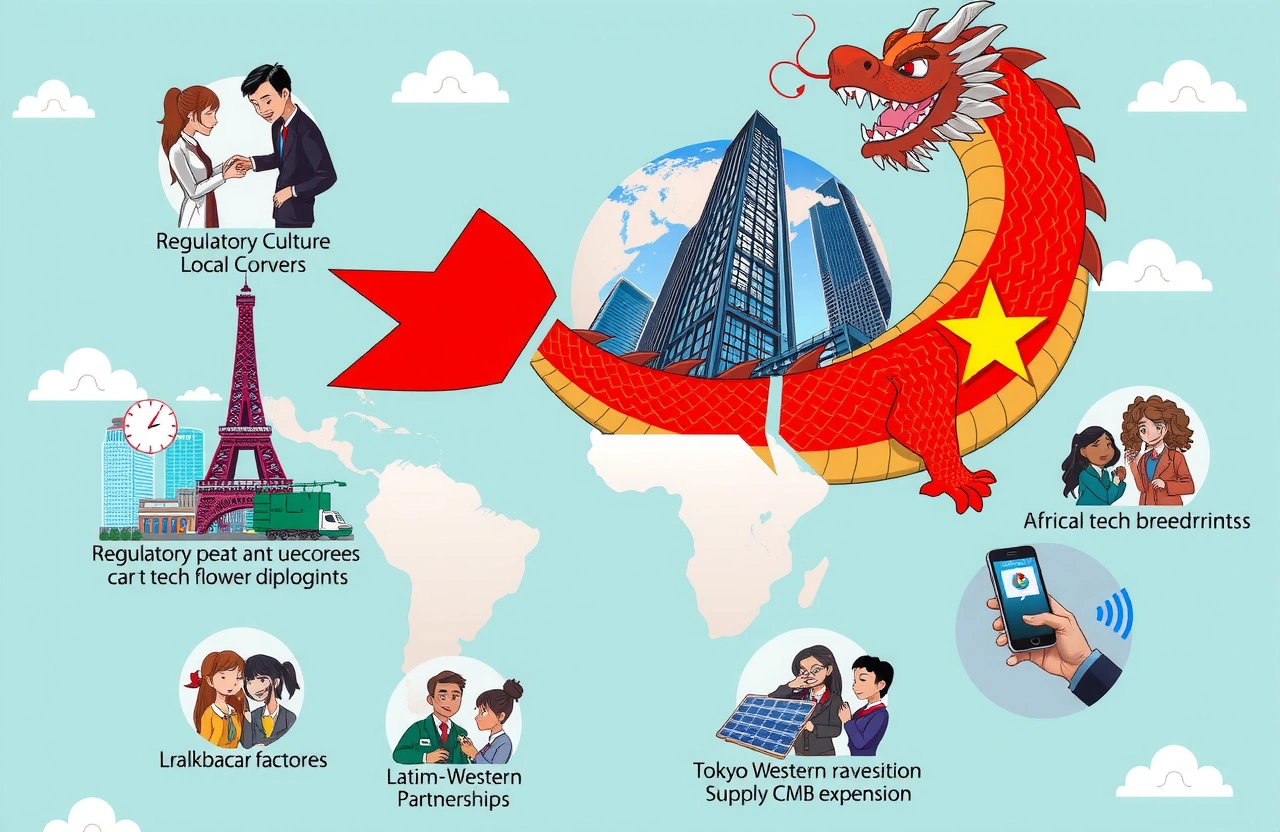The Unavoidable Reality of International Growth
Amid trade tensions and shifting global supply chains, Chinese enterprises face a fundamental reality: international expansion is no longer just strategic but critical for survival. According to the NYSE China Head, what was once viewed as an expansion option has become an existential necessity. With domestic growth plateauing in key sectors, companies must navigate complex global markets or risk obsolescence. This shift reflects deeper transformations in the global economy that require immediate strategic responses from business leaders. Recent data from the Ministry of Commerce shows overseas investments surged 18% year-on-year through Q2 2025 [source] – tangible proof of this accelerating trend.
The Driving Forces Transforming Expansion From Optional to Essential
Saturation in Domestic Markets
– Intense competition across industries like e-commerce and manufacturing with profit margins halved since 2020
– Mobile phone penetration exceeding 97% limits customer acquisition opportunities
– Industrial overcapacity creating fierce price wars in sectors like solar panels and electric vehicles
The Geopolitical Imperative
Global trade dynamics now impose unavoidable pressures:
– Tariff barriers targeting Chinese exports now impact over $550 billion in goods annually
– “Nearshoring”/”friendshoring” trends redirecting supply chains away from China
– Dual-circulation policy actively encourages outward expansion to reduce domestic dependency
Overcoming Critical Expansion Challenges
Regulatory Landmines and Compliance Hurdles
Cracking the Cultural CodeOvercoming cultural barriers demands strategic approaches:
– Localizing branding like Haier did by acquiring US-based GE Appliances
– Hiring regional talent for on-ground leadership positions immediately
– Adapting management styles to avoid high-profile failures like TikTok’s initial labor conflicts
Capitalizing on Global Market Entry
Listing As Strategic Step to Legitimacy
Strategic Ecosystem Building in AmericaSuccessful US entrants leverage key structural advantages:
– Partnership ecosystems including Amazon Marketplace and AutoZone distribution
– State-level incentives offering tax holidays requiring local legal counsel guidance
– Patent Protection Protocols securing intellectual property before market entry
Actionable Expansion Pathway Frameworks
Market Selection Methodology
Organizational Transformation BlueprintFailure-Proof Market Entry TimelinesAdopt phased implementation:
– Phase 1: Feasibility study and bridgehead team deployment (6 months)
– Phase 2: Limited product launch with controlled test marketing
– Phase 3: Full operational scaling with backup capital reserves
Positioning for Competitive Advantage Overseas
Harnessing core Chinese strengths creates differentiation:
– Manufacturing velocity outperforms competitors by leveraging agile supply chains
– Digital ecosystem integration provides seamless customer journey interfaces
– Scalability models allow rapid expansion that Western firms cannot match
The Necessity of Global Commitment
Going global has shifted from an option to a necessity that demands structured execution over adhoc expansion. The transformation requires embracing regulatory complexity while leveraging China’s unique competitive advantages internationally. Leading firms develop institutional capabilities rather than isolated efforts – establishing permanent overseas operations consistent with global competitor standards. With 78% of mid-cap Chinese enterprises now making expansion plans according to KPMG, standing still will become synonymous with strategic decline. Prioritize global integration within your boardroom discussions this quarter to avoid leadership obsolescence.



